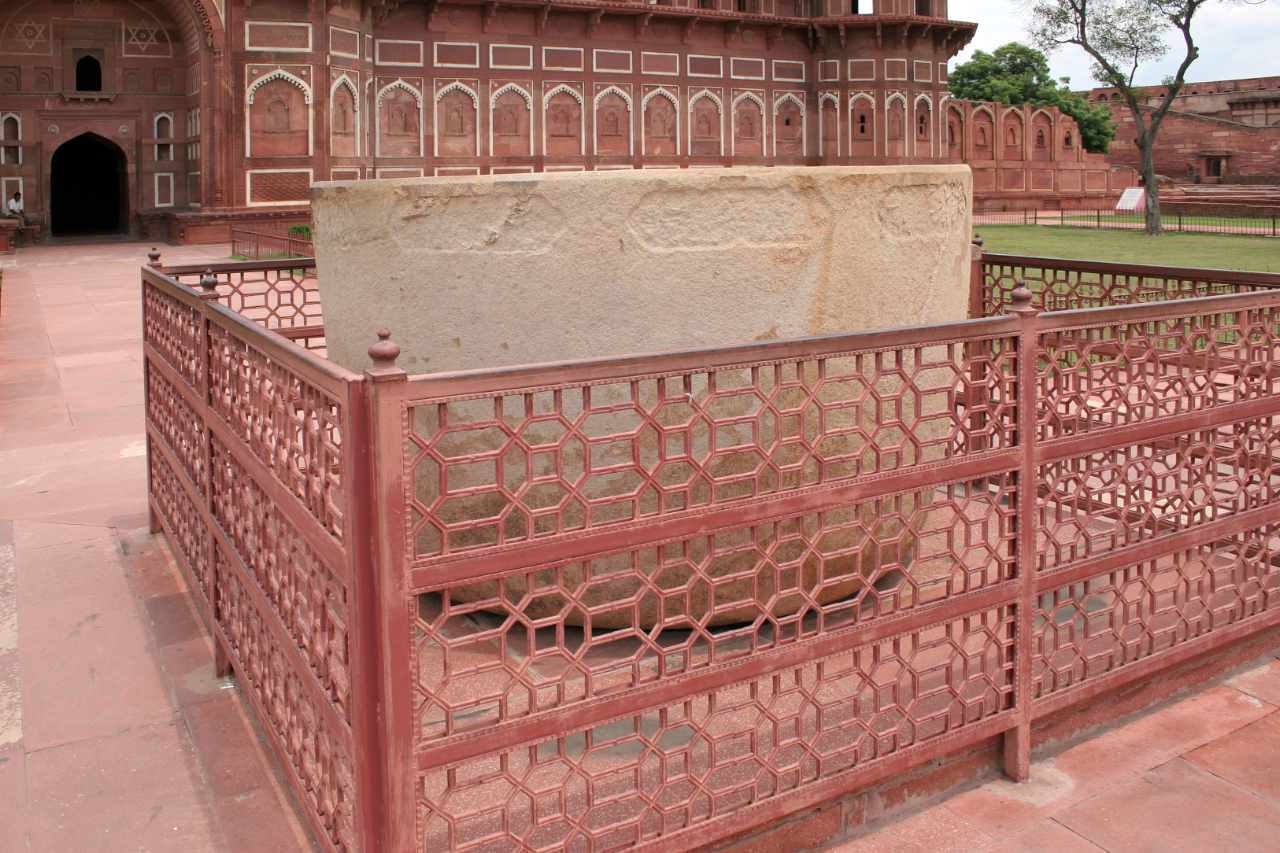Jahangiri Mahal on:
[Wikipedia]
[Google]
[Amazon]

 Jahangiri Mahal may be the most noteworthy building inside the Agra Fort of
Jahangiri Mahal may be the most noteworthy building inside the Agra Fort of
Photos of Jahangiri Mahal
Agra Fort {{India-palace-stub

 Jahangiri Mahal may be the most noteworthy building inside the Agra Fort of
Jahangiri Mahal may be the most noteworthy building inside the Agra Fort of India
India, officially the Republic of India (Hindi: ), is a country in South Asia. It is the seventh-largest country by area, the second-most populous country, and the most populous democracy in the world. Bounded by the Indian Ocean on the so ...
. The Mahal was the principal zenana (palace for women belonging to the royal household), and was used by the Rajput wives of Akbar
Abu'l-Fath Jalal-ud-din Muhammad Akbar (25 October 1542 – 27 October 1605), popularly known as Akbar the Great ( fa, ), and also as Akbar I (), was the third Mughal emperor, who reigned from 1556 to 1605. Akbar succeeded his father, Hum ...
. It is a form of Islamic architecture .
History
The palace was built by Akbar for his Hindu wives. It is one of the earliest surviving buildings of Akbar's reign. Jahangir in his memoirs stated that the buildings were erected by his father Akbar but did not take any credit for the construction of Jahangiri palace or Mahal. During the reign of Jahangir, it is believed to be the residence of his wife,Jagat Gosain
Manavati Bai, also spelled Manvati Bai, (13 May 1573 – 8 April 1619), better known by her title, Jagat Gosain (), was the second wife and the empress consort of the fourth Mughal emperor Jahangir and the mother of his successor, Shah Jahan. ...
, the Princess of Marwar and mother of Mughal emperor Shah Jahan
Shihab-ud-Din Muhammad Khurram (5 January 1592 – 22 January 1666), better known by his regnal name Shah Jahan I (; ), was the fifth emperor of the Mughal Empire, reigning from January 1628 until July 1658. Under his emperorship, the Mugha ...
.
There is a huge bowl called ''Hauz-i-Jahangiri'' that is carved out of a single piece of stone. This was used as a container for fragrant rose water
Rose water ( fa, گلاب) is a flavoured water made by steeping rose petals in water. It is the hydrosol portion of the distillate of rose petals, a by-product of the production of rose oil
Rose oil (rose otto, attar of rose, attar of rose ...
.
See also
*Moti Masjid, Agra
The Moti Masjid () is a 17th-century congregational mosque located within the Agra Fort UNESCO World Heritage Site. Built by Mughal Emperor Shah Jahan, the mosque is made entirely of white marble.
History
]
The Agra Fort's modern appearanc ...
*Jodha Bai Mahal
Jodha Bai Mahal also known as Jodh Bai Mahal is one of the largest and most prominent palaces in Fatehpur Sikri commissioned by Mughal Emperor Akbar after 1569 for his favourite wife, Mariam-uz-Zamani, commonly known as ' Jodha bai' . This Mah ...
*Shah Jahani Mahal
The Shah Jahan Mahal is palace in the Agra Fort in northern India. History
Palace is situated between the white marble ''Khas Mahal'' and the red stone ''Jahangiri Mahal'' and is set, transitionally, in between these two major residential com ...
References
External links
Photos of Jahangiri Mahal
Agra Fort {{India-palace-stub